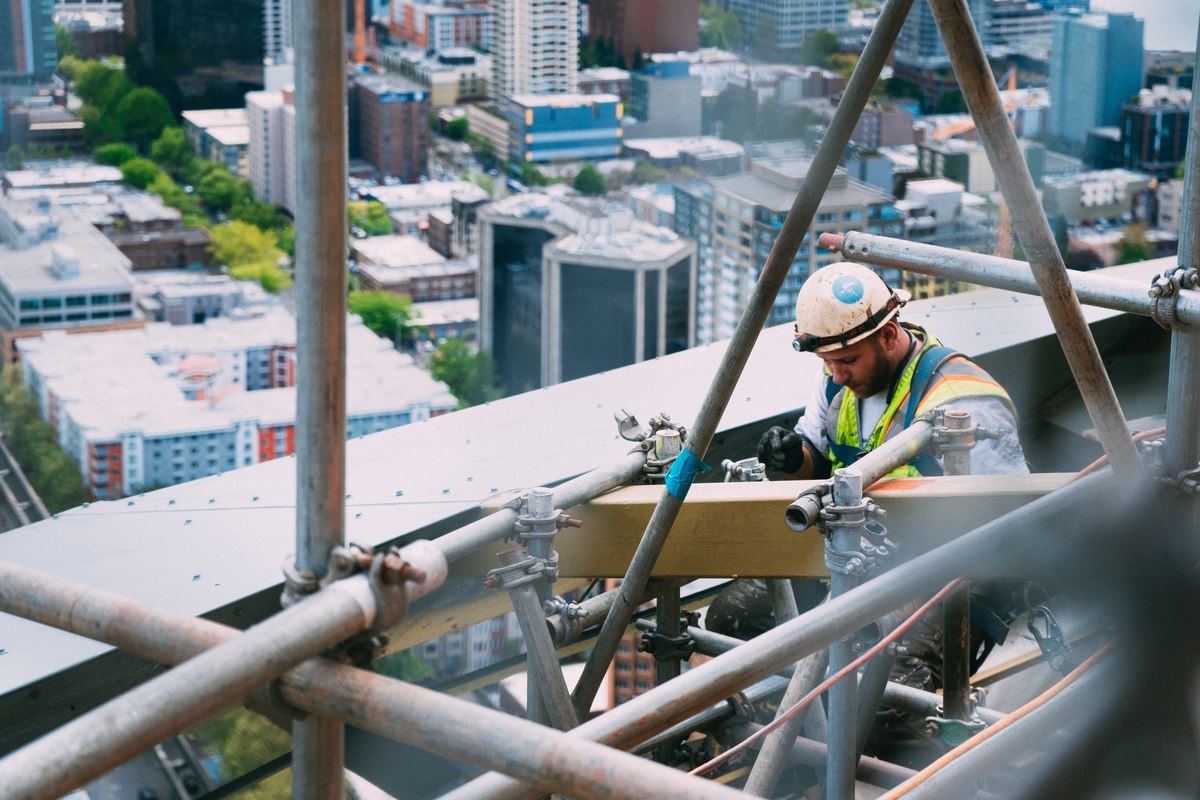An elevated pace of inflation will challenge the economy for at least the next few years, prompting tighter credit market conditions.
The broadest measure of inflation, the Consumer Price Index (CPI), is up 7.9% over the last 12 months, reaching a 40-year high. Although this rate of inflation should ease, albeit slowly, it will remain above the Federal Reserve’s target for price changes. This is particularly true for housing rents, which make up approximately one-third of overall inflation data. Rents are rising quickly, and those increases will persist in the CPI data as leases are renewed in the coming year.
Higher prices continue to affect the building material market as well. Led by recent gains in lumber and OSB pricing, combined with limited availability of numerous types of building products, building materials in aggregate are up 20.4% over the last year and 31.3% since January 2020.
As a result of these inflationary forces, the Federal Reserve enacted its first federal funds rate hike in March, increasing the short-term interest rate by 25 basis points. The economic projections provided by the central bank indicate that markets may expect six additional 25 basis-point increases through the end of 2022.
Chairman Powell indicated in his commentary this week that the Fed is prepared to increase by 50 basis points, if needed. Additionally, the Fed will provide details later this year on how it will reduce its $9 trillion balance sheet. Such a reduction will have an impact on long-term rates, including mortgage interest rates.
The intended monetary policy path of the Fed is more accelerated than what NAHB had built into its initial 2022 forecast. Our concern is that the Fed will move too quickly, invert the yield curve, and risk an economic recession. Monetary policy tightening can help normalize financial conditions and tamper inflation, but it cannot solve current economic challenges by itself. Indeed, tighter monetary policy will not help produce more lumber, building materials and other items necessary to tame building material price growth.
In addition to construction cost challenges, higher mortgage rates will further reduce housing affordability conditions. New home sales declined 2% in February because of these factors. Nonetheless, builder confidence remains solid at a level of 79, per the NAHB/Wells Fargo Housing Market Index.
However, the measure of future sales expectations dropped 10 points, a significant decline representing growing concerns for housing demand in a tightening credit environment. The level of housing demand and recession risk will be the key factors for the industry’s growth, particularly throughout the next two years.
To subscribe for free to Eye on the Economy, please visit nahb.org.
*Note: All articles have been redistributed from NAHBnow.com*
